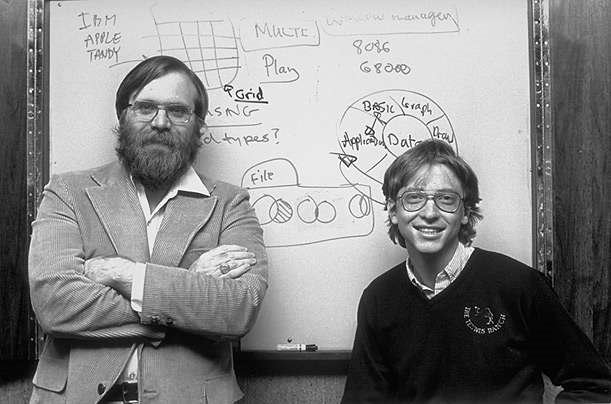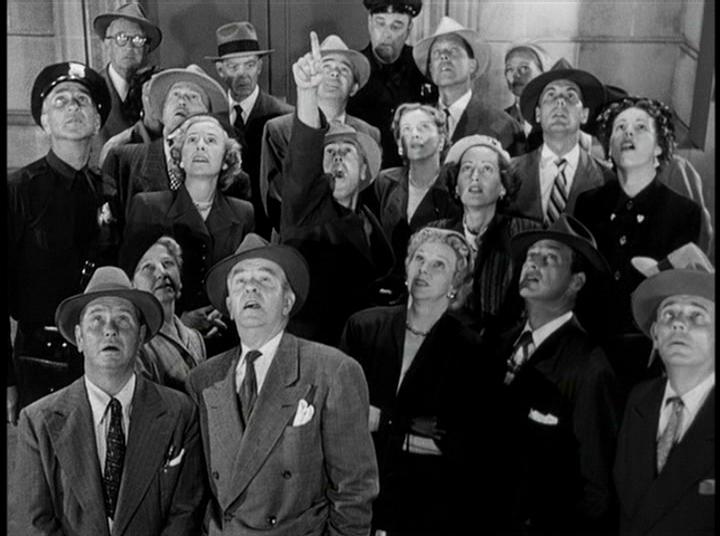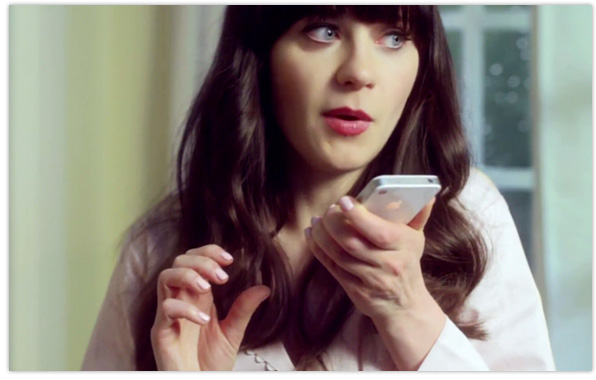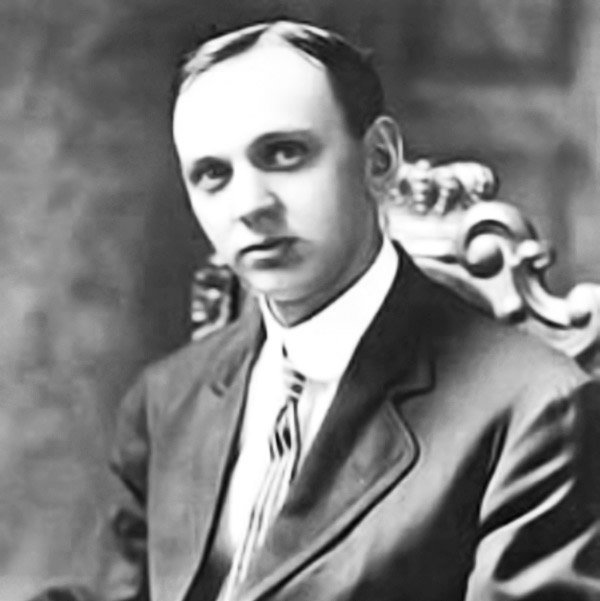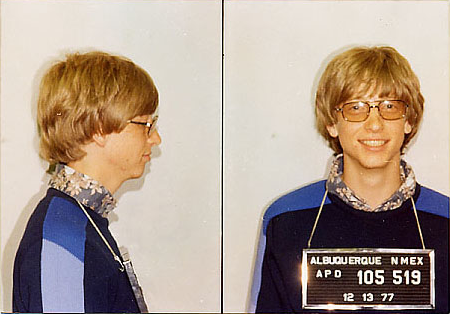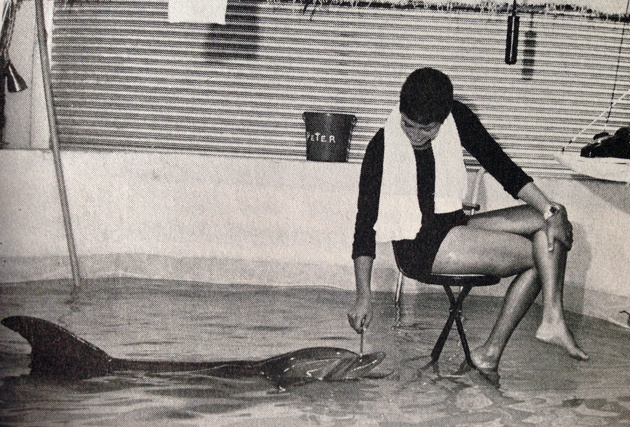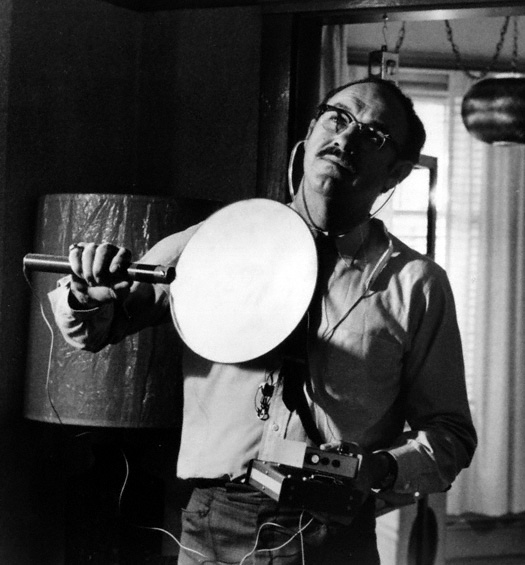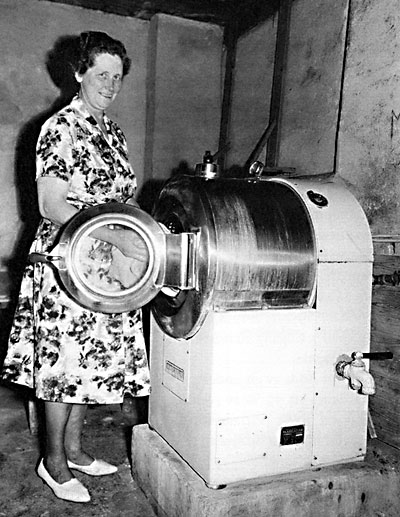Generations into the future, no one will understand why we grew so livid when athletes used PEDs because everyone will be using them–as well as next-level methods of enhancement. The Financial Times has an article full of predictions from a trio of economists about life in 2114. An astute passage from Stanford’s Alvin Roth on the subject of human progress:
“The biggest trend of future history is that the world economy will keep growing and becoming more connected. Material prosperity will increase and healthy longevity will rise. While greater prosperity will not eliminate competition, it will give people more choices about whether and how hard to compete. Many will opt for a slower track, spending more time accumulating youthful experiences. Retirement will be a longer part of life and new forms of retirement will emerge.
For those who wish to compete, there will be technological developments to help them. Some of these, such as performance-enhancing drugs, are becoming available today but are widely regarded as repugnant. That repugnance seems likely to fade.
While we may continue to cancel sporting victories won with the help of drugs, we are unlikely to resist cancer cures or software or theorems produced with the assistance of drugs that aid concentration, memory or intelligence. Safe performance-enhancing drugs may come to be seen as akin to good nutrition. Drugs may not be optional in future competitive careers. When assistant professors of economics in 2114 fall behind their expected production of an article per week, their department chair may suggest they increase their dosage of creativity-enhancing or attention-focusing drugs to increase their chance of tenure. And some drugs – memory enhancers, say – may be seen not as performance enhancers but as cures for things we did not previously think of as diseases.
Similar to the way drugs will allow us to improve our own performance, increased understanding of foetal development will allow parents to select or manipulate some of the genetic endowment of their children. Some of these options will remain repugnant even as they become more widely available, while others may come to be seen as part of careful child rearing. To the extent that these technologies are subject to legal limitations in some places but not others, they will help fuel an international market in reproductive technology. We already see the beginnings of such a market, as access to fertility treatments, and markets for eggs, sperm and surrogate wombs are more available in the US and India than in many places, drawing ‘fertility tourists.'”


